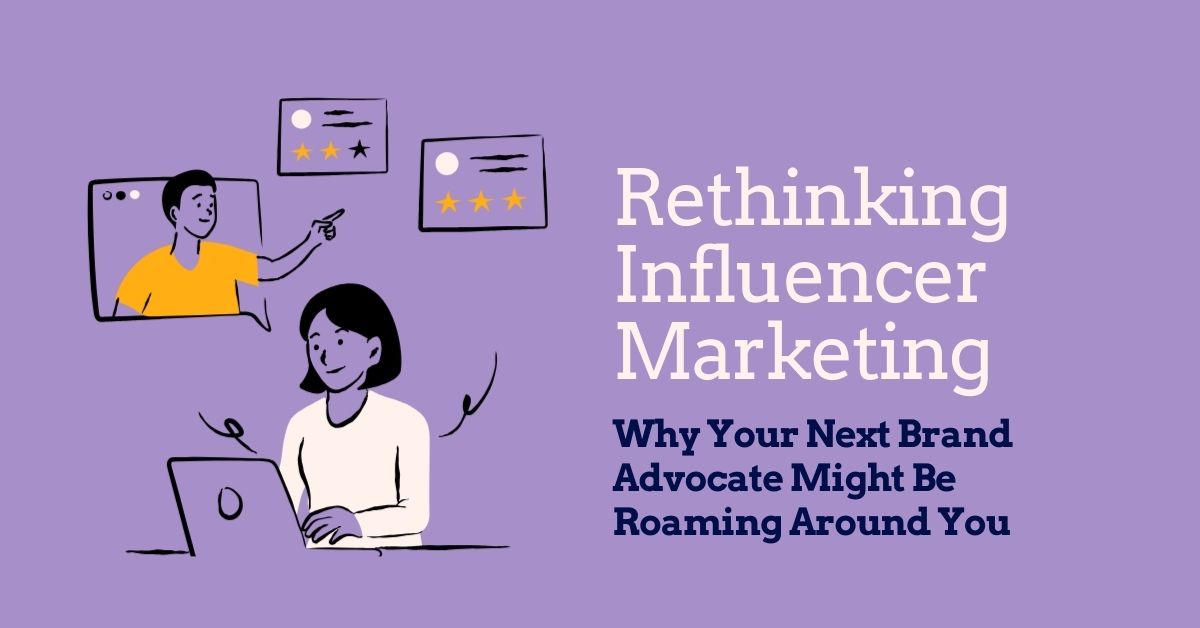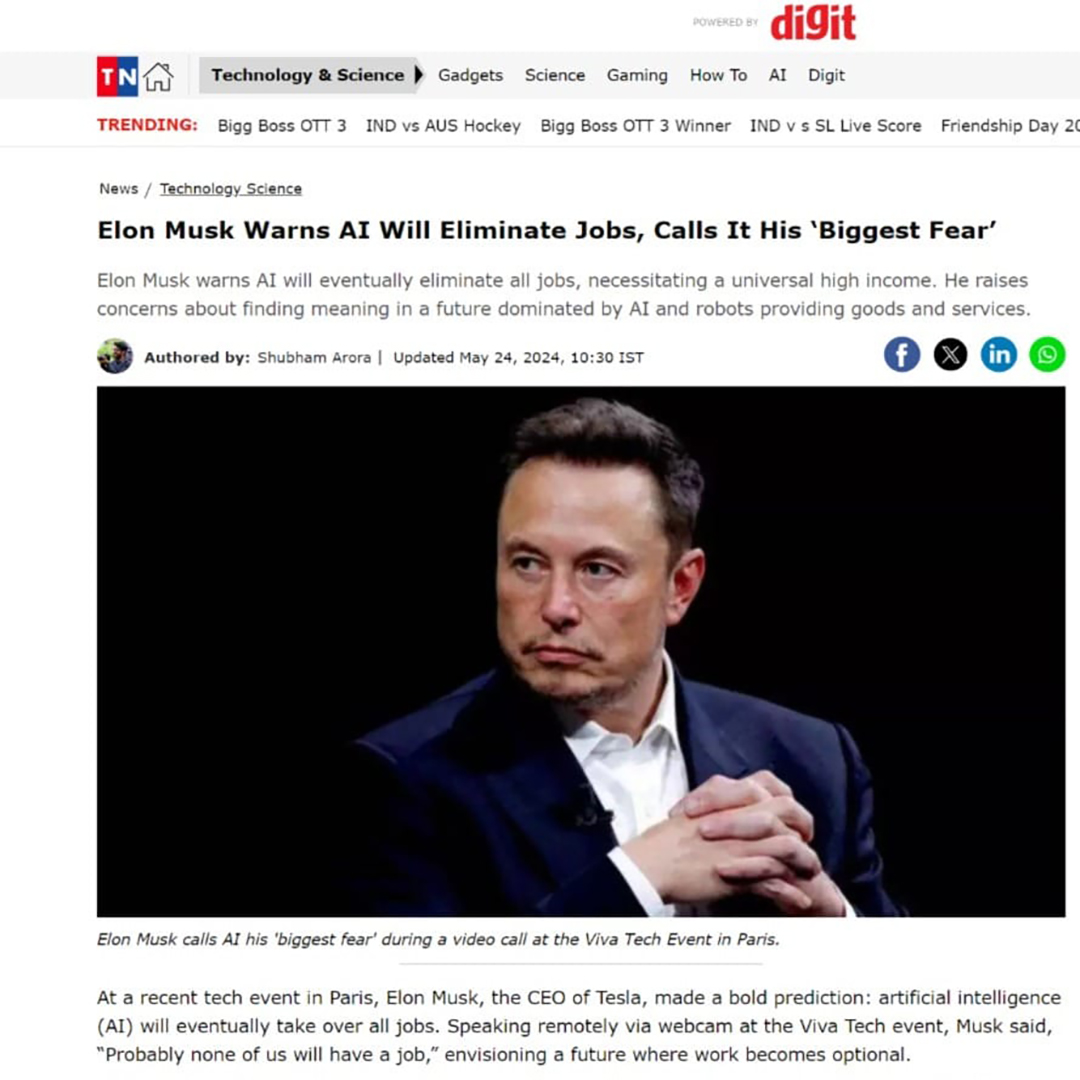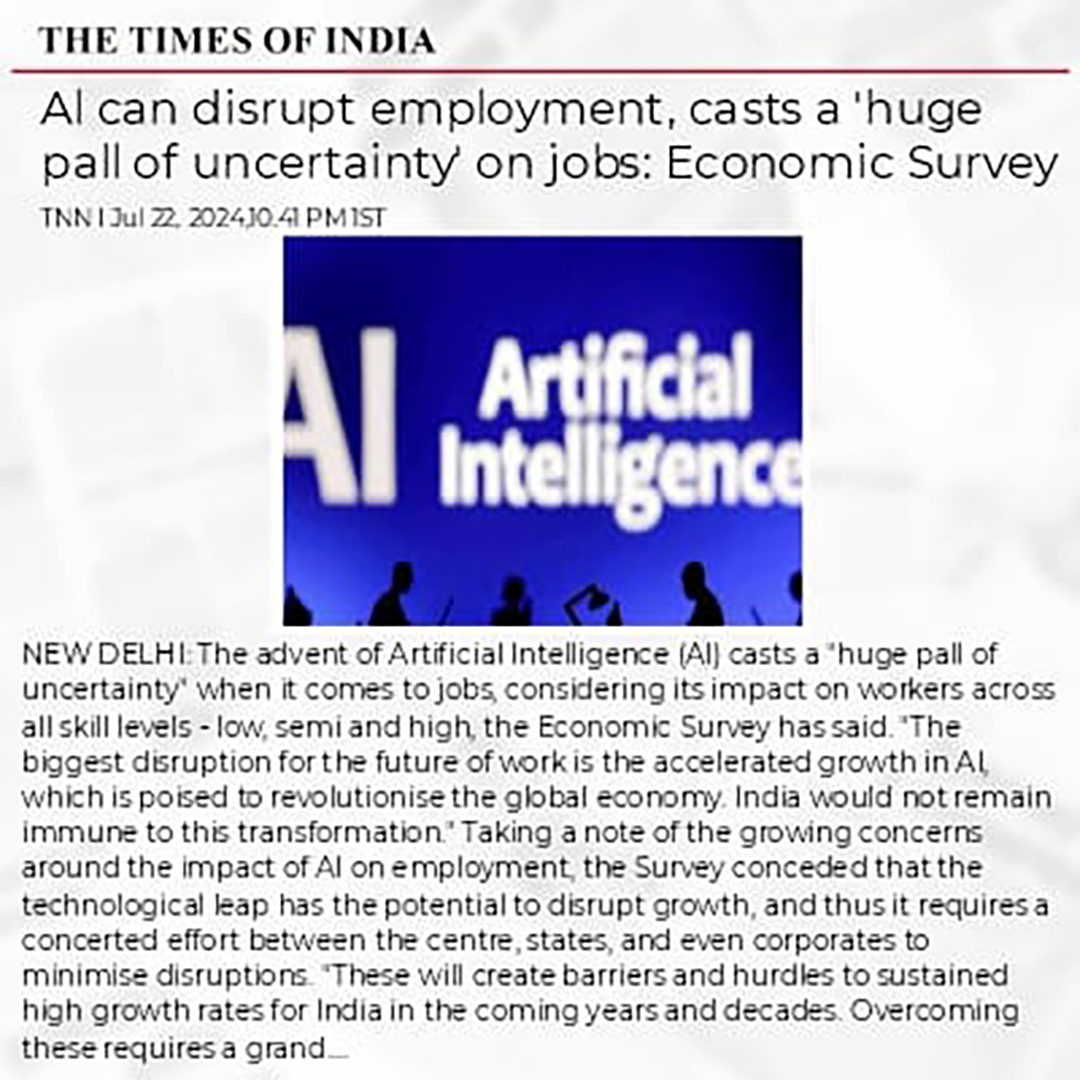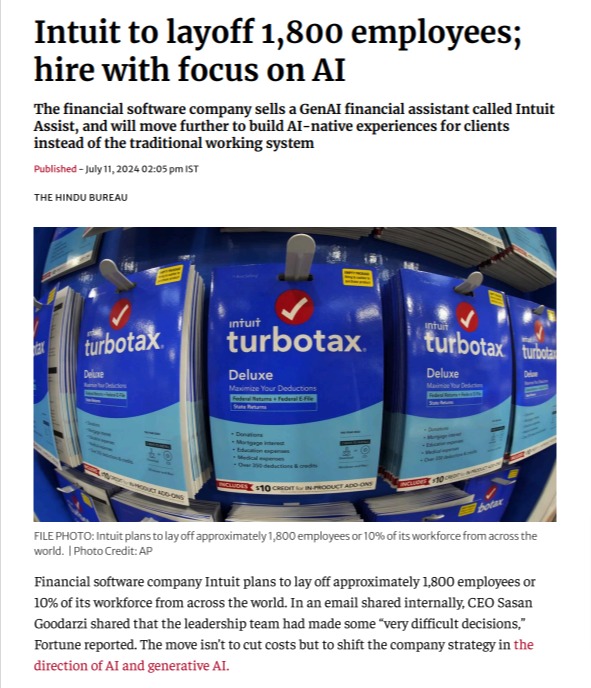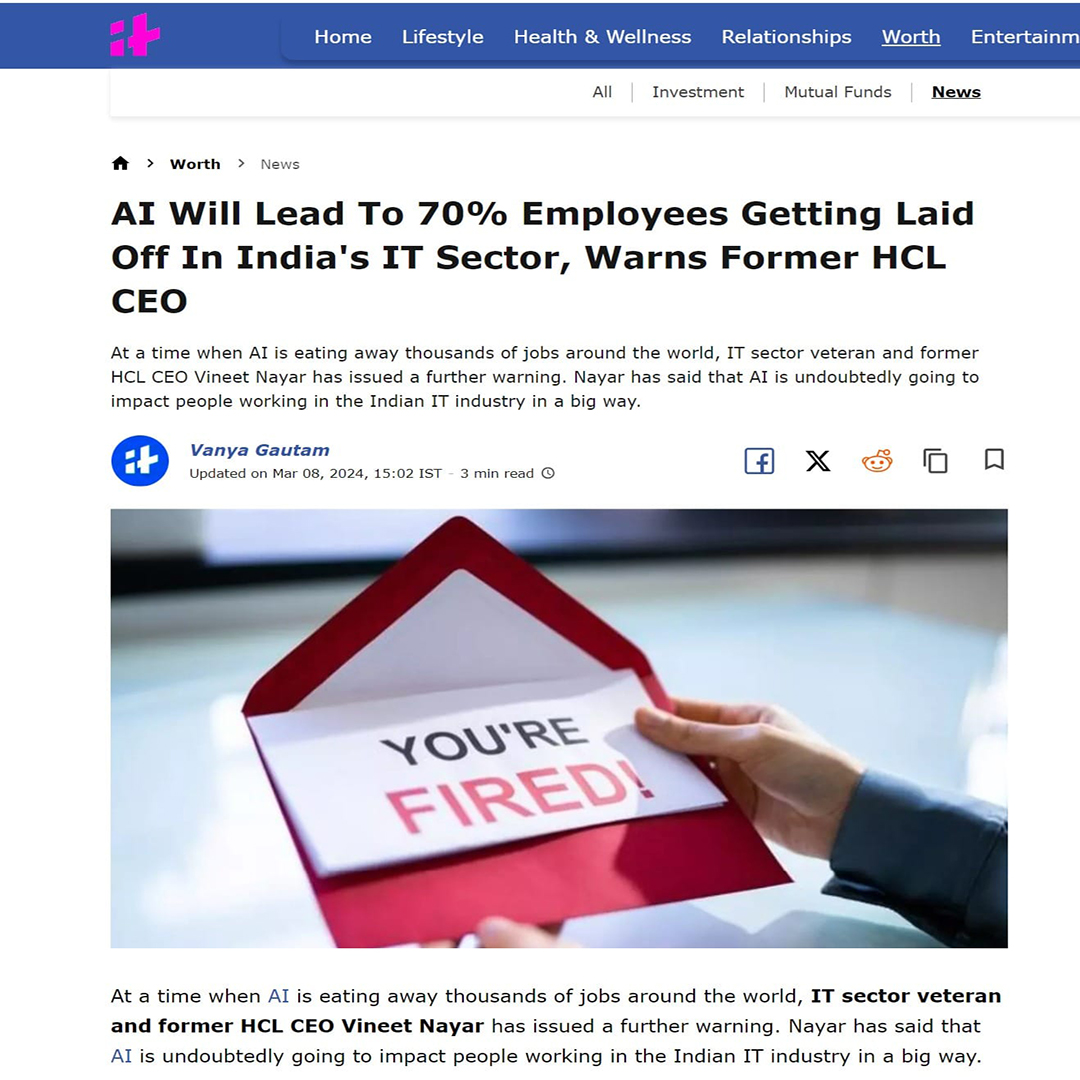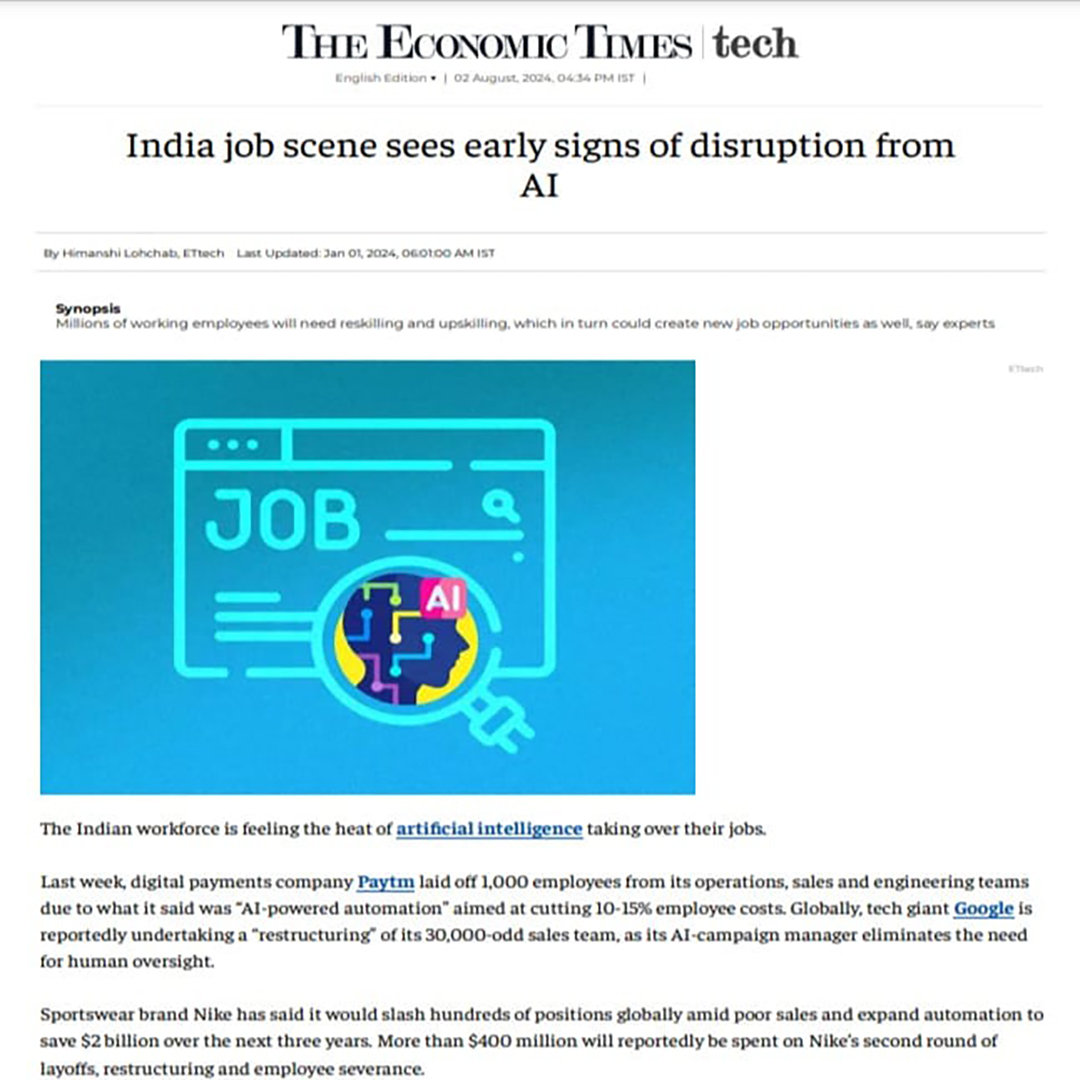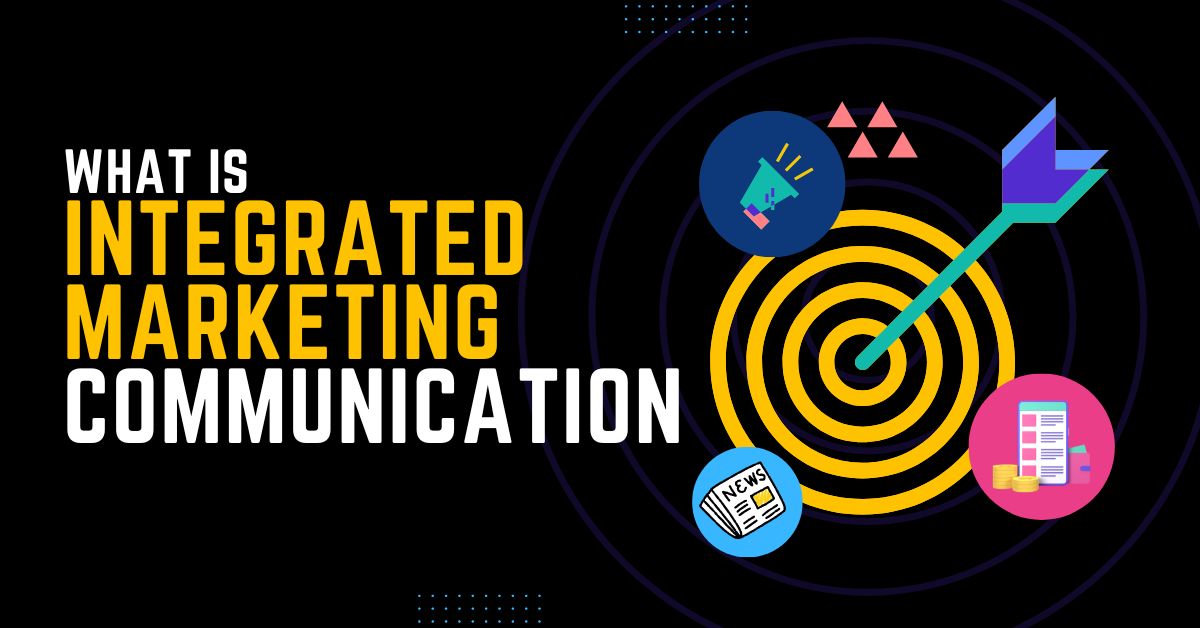
What is Integrated Marketing Communication? Why Is It Gaining Relevance?
In the rapidly evolving landscape of marketing, where digital platforms are becoming increasingly dominant, some voices in the industry proclaim that traditional marketing is on its way out. However, this is far from the truth. Traditional media continues to hold significant relevance, offering advantages that digital channels cannot fully replicate. This has given rise to a strategic approach known as Integrated Marketing Communication (IMC), which blends the best of both traditional and digital marketing to create a cohesive and powerful brand message.
The Continuing Relevance of Traditional Media
Despite the surge in digital media usage, traditional marketing methods such as television, radio, and print still command a large audience and foster significant trust among consumers. Traditional media offers something that digital media often struggles to achieve: extensive reach and a deep-seated sense of credibility. A study commissioned by the Advertising Standards Council of India (ASCI) and the Indian Society of Advertisers (ISA) underscores this point. According to the study, 86% of people trust advertisements in newspapers, while 83% trust ads on television and radio. This trust is not just a fleeting sentiment; it is a critical factor that influences consumer behavior, especially in non-metro and rural markets where traditional media remains the most consumed.
Moreover, traditional media offers a kind of brand exposure that is hard to match. An ad in a widely-read newspaper or during a prime-time television slot can reach millions of potential customers simultaneously, creating a lasting impact that often translates into brand loyalty. People still associate a certain level of prestige with brands that appear on television or in newspapers, believing that if a brand can afford to advertise there, it must be trustworthy and of high quality.
The Challenges of Traditional Marketing
However, traditional marketing is not without its drawbacks. One of the most significant challenges is its lack of targeting precision. While a television commercial might reach millions, it cannot discriminate between different segments of the audience. Everyone watching that channel at that time will see the ad, regardless of whether they fall within the brand’s target demographic. This leads to inefficient spending as much of the budget is wasted on audiences that are not likely to convert into customers.
Another major issue is measurability. Unlike digital marketing, where every click, view, and conversion can be tracked, traditional media offers limited metrics. Marketers often have to rely on estimates and assumptions about how many people saw or heard their ad, making it difficult to measure the return on investment accurately.
Finally, traditional marketing is expensive. The cost of placing an ad in a national newspaper or during a popular television show can be prohibitive, especially for smaller businesses. This high cost often limits the frequency and duration of campaigns, reducing their overall effectiveness.
The Rise of Digital Marketing
On the other hand, digital marketing has emerged as a cost-effective, targeted, and measurable alternative to traditional marketing. Platforms like social media, search engines, and email marketing allow brands to reach specific demographics with tailored messages, ensuring that the marketing budget is spent more efficiently.
Digital marketing also offers unparalleled measurability. Every interaction a customer has with a digital ad can be tracked and analyzed, providing detailed insights into what works and what doesn’t. This data-driven approach allows for continuous optimization, making campaigns more effective over time.
Moreover, digital marketing is more accessible to businesses of all sizes. Even with a limited budget, a brand can launch a targeted campaign that reaches its ideal audience. This democratization of advertising has leveled the playing field, allowing smaller brands to compete with larger, more established companies.
The Emergence of Integrated Marketing Communication (IMC)
Given the strengths and weaknesses of both traditional and digital marketing, many brands are now combining the two strategies to maximize their effectiveness. This is where Integrated Marketing Communication (IMC) comes into play. IMC is a strategic approach that blends traditional and digital marketing efforts to create a consistent brand message across all channels. By integrating both forms of media, brands can leverage the strengths of each while minimizing their disadvantages.
For example, a brand might use television and print ads to build awareness and trust, while simultaneously running targeted digital campaigns to drive conversions. The traditional ads create a broad base of brand recognition, while the digital ads deliver personalized messages to potential customers who are more likely to take action. This combination not only enhances the reach and impact of the marketing efforts but also ensures that the brand message remains consistent across all touchpoints.
Examples of Indian Brands Using Integrated Marketing Communication
Several Indian brands have successfully implemented Integrated Marketing Communication strategies to build strong, cohesive, and impactful campaigns. Here are a few notable examples:
- Amul: Known for its iconic “Utterly Butterly Delicious” tagline, Amul has masterfully integrated traditional and digital marketing. Amul’s print ads are famous for their topical content, often commenting on current events with a humorous twist. These ads are complemented by Amul’s strong digital presence on social media platforms like Twitter and Instagram, where they share these print ads and engage with their audience. The combination of consistent messaging across both print and digital media has helped Amul maintain its brand image and stay relevant in the public eye for decades.
- Tanishq: Tanishq, the jewelry brand from Tata, is another excellent example of IMC in action. Tanishq uses television commercials to appeal to the emotional side of consumers, often highlighting stories of family, tradition, and relationships. These TV ads are supported by a robust digital strategy that includes social media campaigns, influencer partnerships, and content marketing. Tanishq’s recent campaigns, like #WhenItRingsTrue, have seen television commercials being integrated with digital storytelling, making the brand message consistent and impactful across all channels.
- Swiggy: The food delivery platform Swiggy has effectively combined traditional and digital marketing to strengthen its brand. Swiggy uses billboards and television commercials for broad-based awareness, often featuring relatable, humorous content. Simultaneously, Swiggy leverages digital platforms for targeted marketing, such as app notifications, social media engagement, and email marketing campaigns. Their campaigns, like “Swiggy It,” demonstrate a consistent brand voice across all media, creating a seamless experience for consumers whether they see the brand online or offline.
View this post on InstagramSBI YONO: The State Bank of India (SBI) used an integrated marketing strategy to promote its digital banking app, YONO. The campaign included television ads that reached a broad audience, irrespective of their age, demographics. Meanwhile, the digital component of the campaign focused on younger, tech-savvy users through social media and online platforms. This combination helped SBI reach a diverse demographic, ensuring that the app was accessible and appealing to all age groups.
Various Integrated Marketing Strategies
Indian brands have successfully implemented a range of integrated marketing strategies, some of which include:
- Omnichannel Campaigns: Brands like Tanishq and Swiggy have utilized omnichannel campaigns, ensuring a seamless experience for customers across different platforms. Whether through TV, print, or digital channels, the messaging is consistent and reinforces the brand’s identity.
- Content Marketing and Storytelling: Amul’s use of topical content in print ads, which is then amplified through social media, exemplifies how content marketing can be integrated across channels. Tanishq’s emotionally driven stories are told both through TV commercials and extended on digital platforms, creating a narrative that resonates with audiences.
- Social Media and Influencer Integration: Brands like SBI YONO and Swiggy effectively use influencers and social media to complement their traditional advertising efforts. By involving influencers in their digital campaigns, these brands extend the reach of their marketing and engage with younger audiences who are more active online.
- Event-Based Marketing: Companies like Amul often align their campaigns with current events or popular culture, ensuring that their messaging remains relevant. This strategy is supported by both traditional media (like print) and digital channels (social media), ensuring that the brand stays top-of-mind for consumers.
The Growing Relevance of IMC
The relevance of Integrated Marketing Communication is increasingly evident in today’s marketing landscape. As consumer behavior continues to evolve, with audiences consuming content across multiple platforms, a siloed approach to marketing is no longer effective. Consumers expect a seamless and consistent experience, whether they encounter a brand on television, in a newspaper, or on social media. IMC ensures that regardless of the channel, the message is unified and resonates with the audience.
The statistics mentioned earlier further highlight the importance of a balanced approach. While digital marketing offers precise targeting and measurability, the trust and reach of traditional media cannot be overlooked. Nearly 80% of people trust advertising, with the highest trust placed in traditional formats like newspapers and television. However, digital platforms like online video ads are also trusted by a significant portion of the audience (72%), showing that digital marketing is not far behind.
By combining both strategies, brands can achieve a more holistic and effective marketing approach. For instance, an educational institution might use traditional media to establish credibility and trust, while using digital channels to engage with prospective students and track their interactions. This integrated approach not only maximizes the benefits of each channel but also creates a more comprehensive and cohesive marketing strategy.
Conclusion
Integrated Marketing Communication is not just a trend; it is a necessity in today’s complex marketing environment. By combining the strengths of both traditional and digital media, brands can create more effective campaigns that resonate with their target audience and deliver measurable results. As the lines between online and offline continue to blur, the importance of a unified and integrated approach to marketing will only grow. Brands that embrace IMC are better positioned to succeed in an increasingly competitive marketplace. To learn more about Integrated Marketing Communication check out our courses.

